
Basilica di San Salvatore Santa Giulia Brescia
A UNESCO World Heritage site, this 8th-century Lombard basilica within the Museo di Santa Giulia is a stunning blend of ancient architecture and moder...
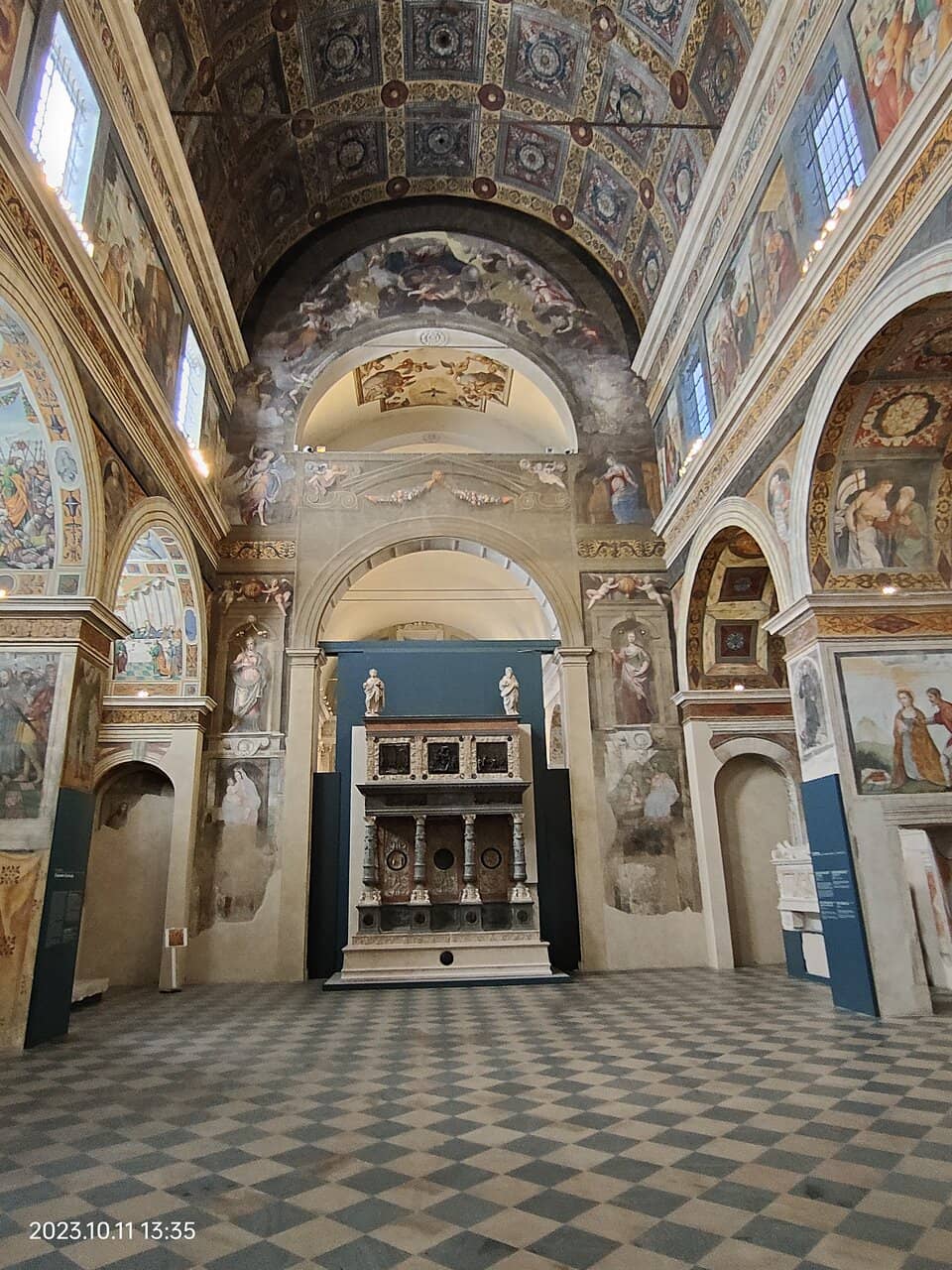
Highlights
Must-see attractions

Social
From TikTok & Reddit
Best Time
Fewer crowds, more peaceful exploration

Basilica di San Salvatore Santa Giulia Brescia
Best Time
Fewer crowds, more peaceful exploration

Highlights
Must-see attractions
A UNESCO World Heritage site, this 8th-century Lombard basilica within the Museo di Santa Giulia is a stunning blend of ancient architecture and modern art.
"Like many churches in Brescia, this one is simple on the outside but hides wonders inside."
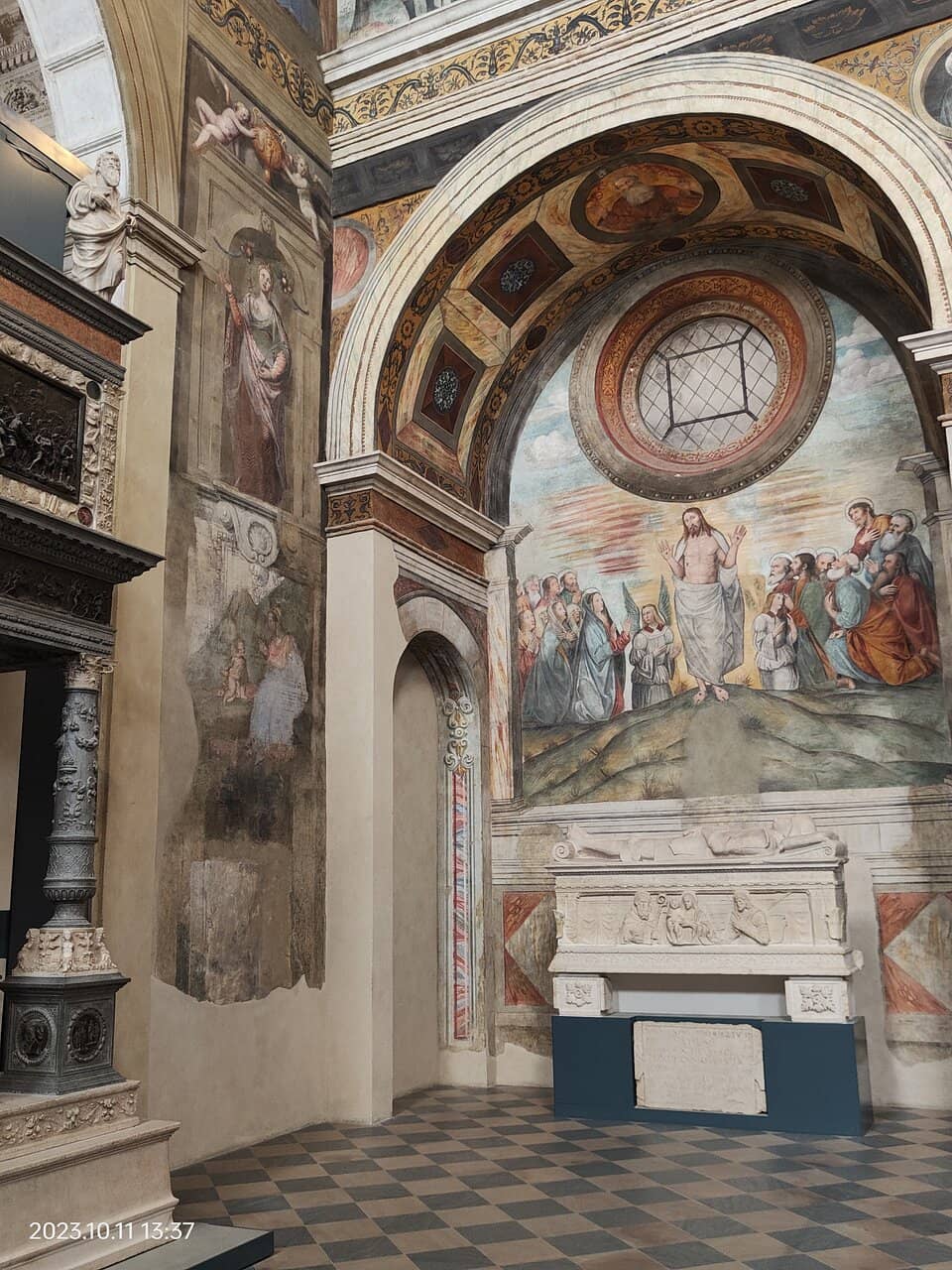
Wear Comfortable Shoes
You'll be doing a lot of walking through the museum and basilica. :athletic_shoe:
Check for Special Exhibitions
The museum often hosts temporary art installations, like Plessi's 'Sposa Brixia'. :art:
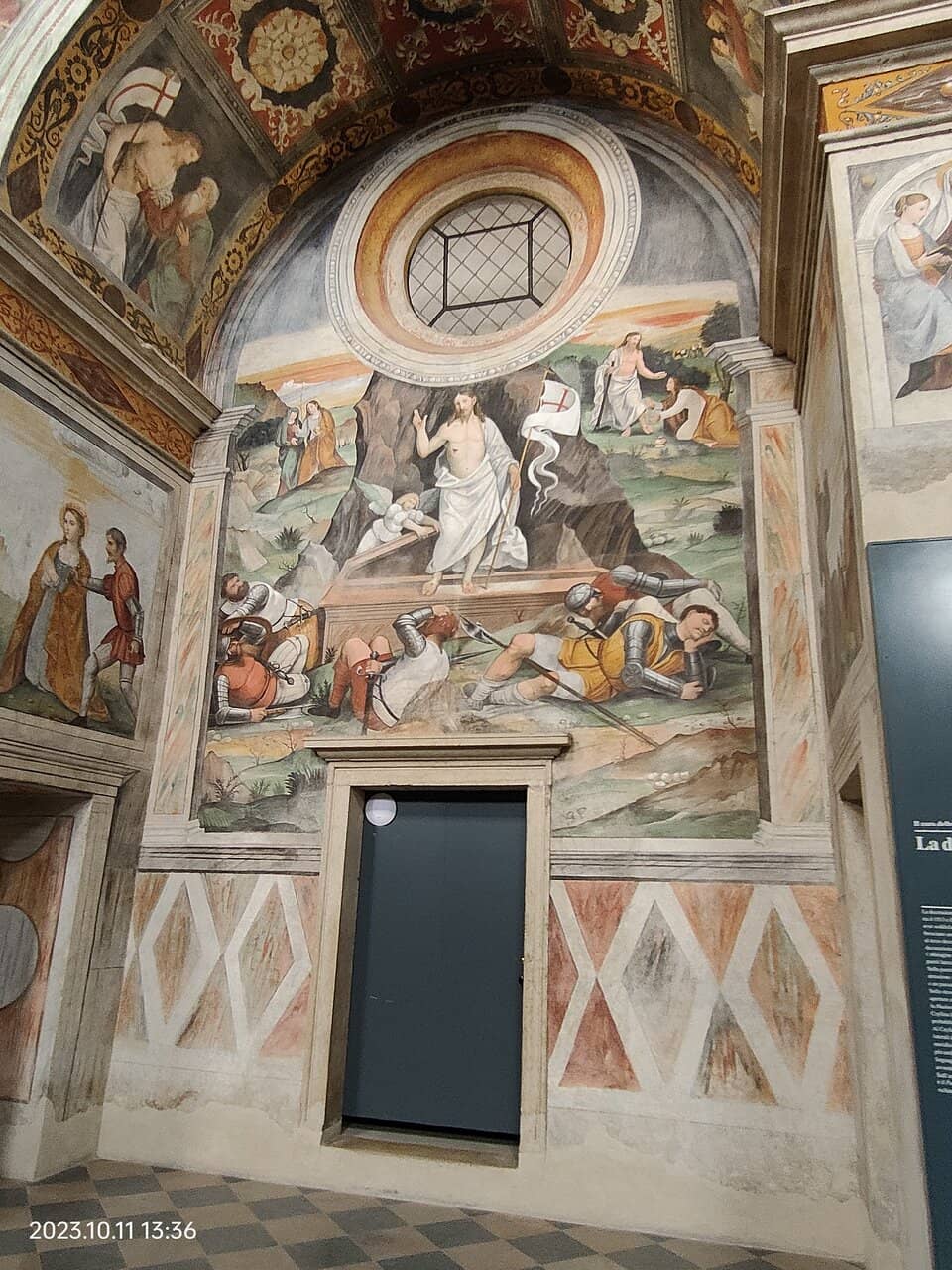
Highlights
Discover the most iconic attractions and experiences
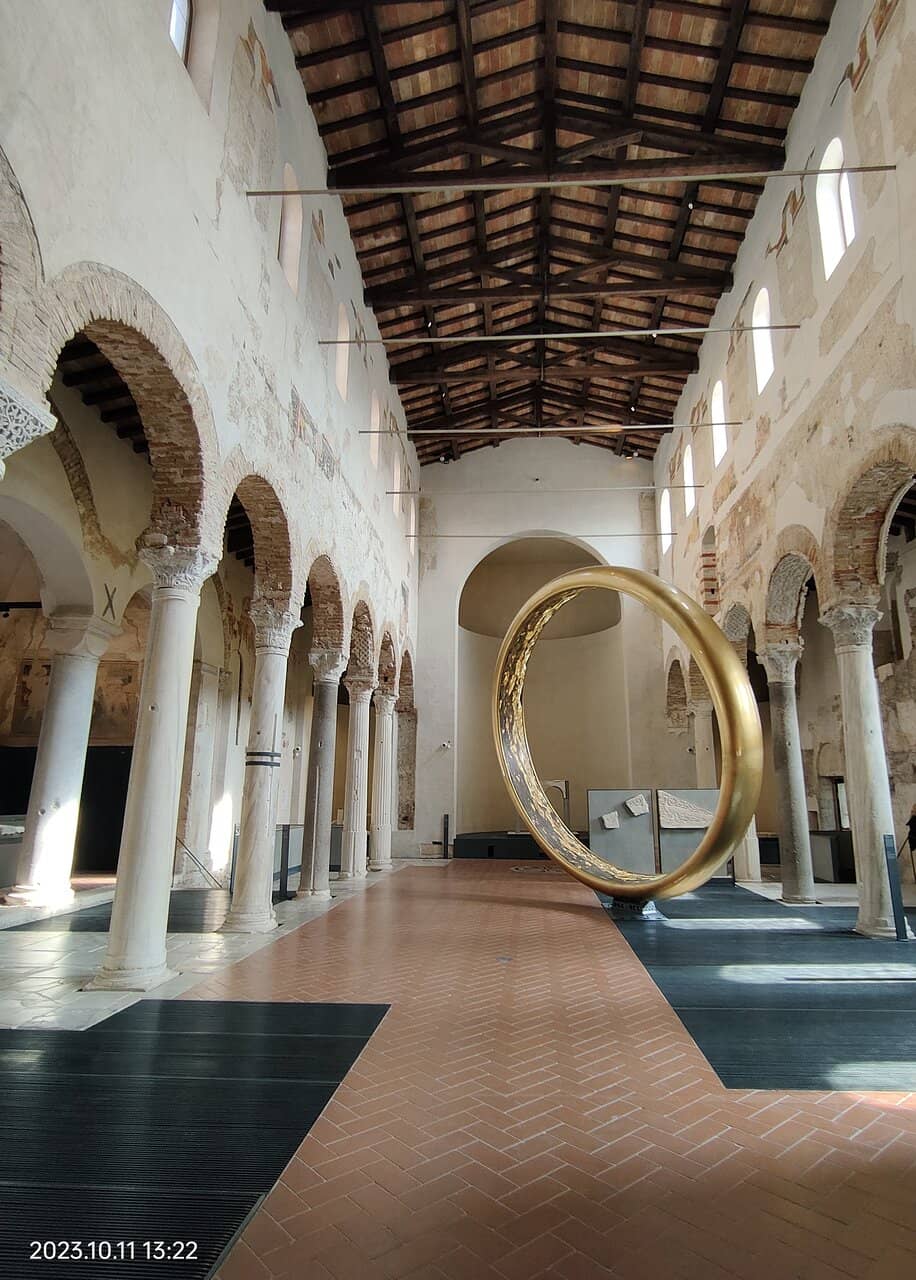
Basilica di San Salvatore
Museo di Santa Giulia
A stunning example of Lombard architecture, this 8th-century basilica is a UNESCO World Heritage site.
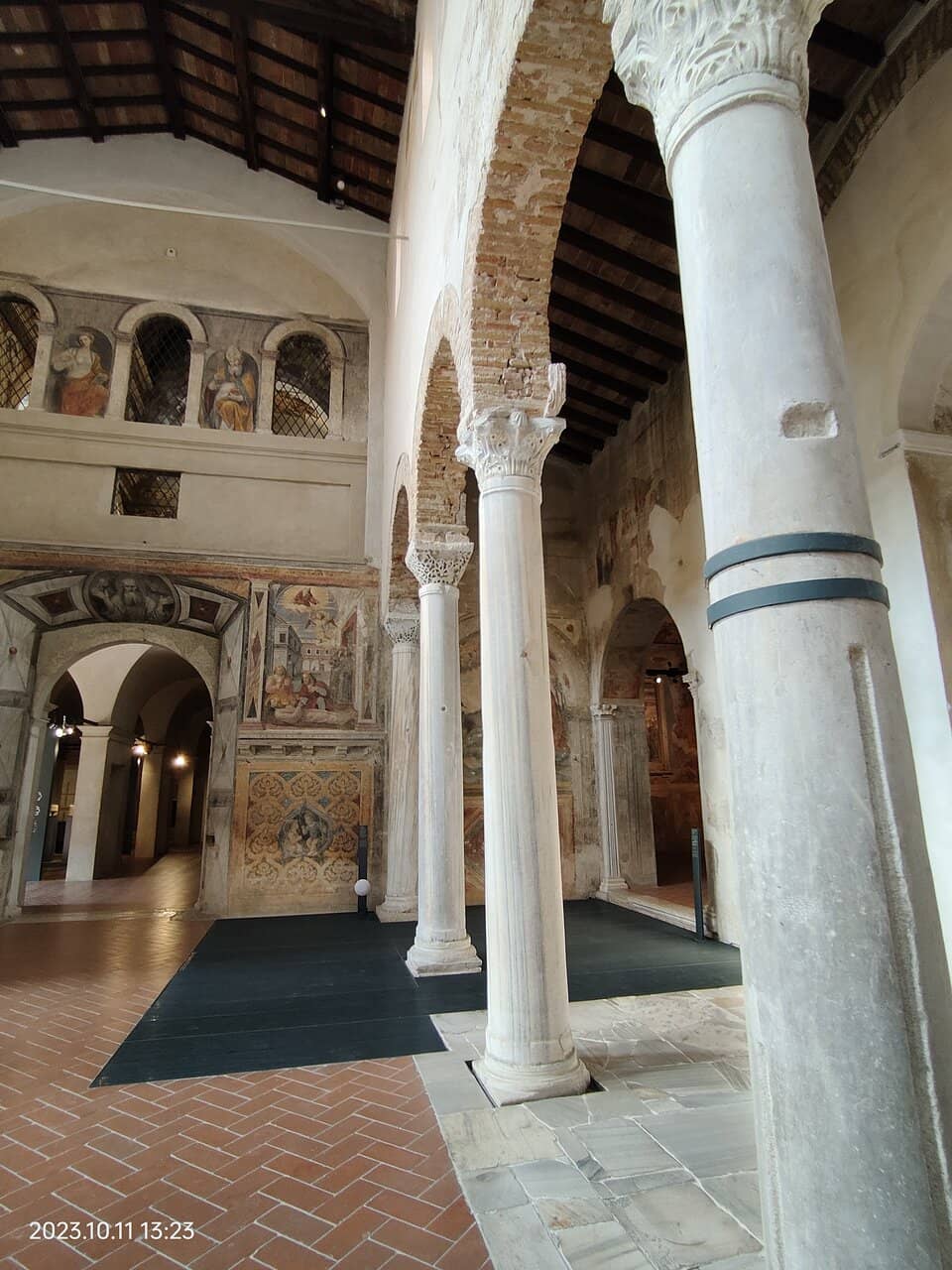
Plessi's 'Sposa Brixia' Installation
Basilica di San Salvatore
Experience contemporary art within ancient walls with this striking installation by Fabrizio Plessi.
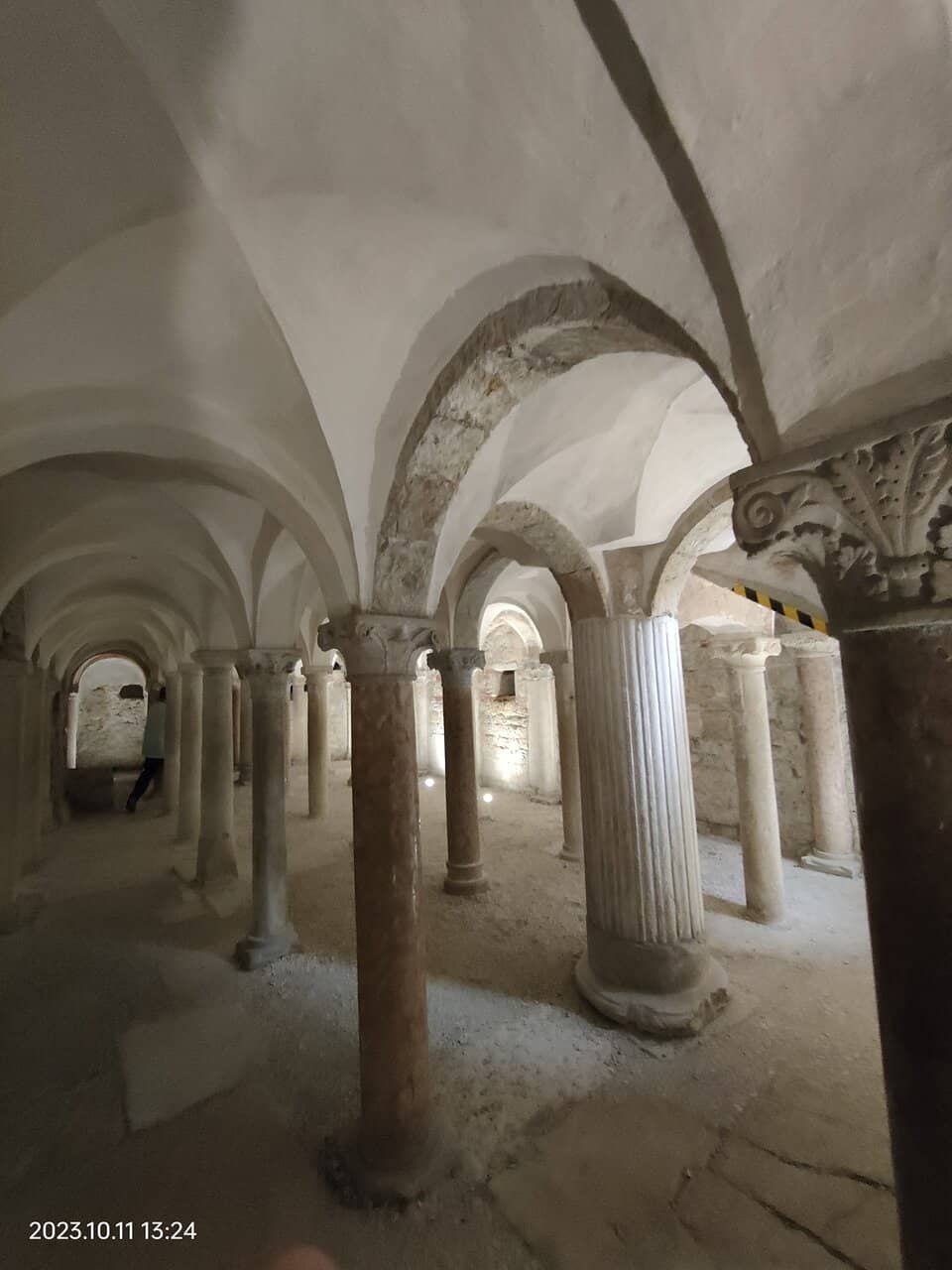
Lombard History
Museo di Santa Giulia
Explore the rich history of the Lombards, from their early settlements to their reign in Italy.
Plans like a pro.
Thinks like you
Planning Your Visit
Book Tickets in Advance
Allow Ample Time
Best Times
Insider Tips
from TikTok, Instagram & Reddit
Wear Comfortable Shoes
You'll be doing a lot of walking through the museum and basilica. :athletic_shoe:
Check for Special Exhibitions
The museum often hosts temporary art installations, like Plessi's 'Sposa Brixia'. :art:
Combine with City Exploration
The Basilica is a central part of Brescia's historical center. :world_map:
Audio Guide Recommended
Enhance your understanding of the history and art with an audio guide. :microphone:
Tips
from all over the internet
Wear Comfortable Shoes
You'll be doing a lot of walking through the museum and basilica. :athletic_shoe:
Check for Special Exhibitions
The museum often hosts temporary art installations, like Plessi's 'Sposa Brixia'. :art:
Combine with City Exploration
The Basilica is a central part of Brescia's historical center. :world_map:
Audio Guide Recommended
Enhance your understanding of the history and art with an audio guide. :microphone:
What Travellers Say
Reviews Summary
Visitors consistently praise the Basilica di San Salvatore as a beautiful and historically significant site, particularly within the context of the larger Museo di Santa Giulia. Its Lombard architecture and the striking contemporary art installation are frequently highlighted as major draws. Some visitors note that while the exterior is unassuming, the interior holds remarkable wonders.
"Such a beautiful place! It is located in the museum, you can walk from the main part of the museum, it is pretty close to the monastery section. The walls are just remarkable, definitely worthy to visit if you are planning to come to Brescia"
Ekin
"Mearavigliosa"
Veronica Chiara Lazzarini
"As splendid as the entire Santa Giulia complex. For Lombard history, a must-see."
mauro bruscagin
What People Like
What People Dislike
Frequently Asked Questions
🚇 🗺️ Getting There
The Basilica di San Salvatore is located within the Museo di Santa Giulia complex in the heart of Brescia. You can easily reach it by walking from the city center. If arriving by train, it's a pleasant walk of about 15-20 minutes from Brescia station. :train: :walking:
Parking in the immediate vicinity of the museum can be challenging due to its central location. It's recommended to use public parking garages in Brescia, such as the one at Via X Giornate or Piazza Vittoria, and then walk to the museum. :car:
Yes, Brescia has a good public transport system. Several bus lines stop near the Museo di Santa Giulia. Check local bus routes for the most convenient option from your starting point in the city. :bus:
🎫 🎫 Tickets & Entry
No, the Basilica di San Salvatore is part of the Museo di Santa Giulia. Your admission ticket to the museum grants you access to the Basilica and all its other sections. :ticket:
Opening hours can vary, so it's best to check the official Museo di Santa Giulia website before your visit. Generally, the museum is open Tuesday through Sunday, with specific hours for each day. :clock:
Ticket prices are for the entire Museo di Santa Giulia complex. Check the official website for current admission fees, potential discounts for students or seniors, and any special exhibition surcharges. :moneywithwings:
Yes, purchasing tickets online in advance is highly recommended, especially during peak tourist seasons, to avoid queues and guarantee entry. :computer: :shopping_cart:
🎫 🏛️ Onsite Experience
The Basilica di San Salvatore is a remarkable example of Carolingian and Ottonian architecture, originally founded in the 8th century by Lombard King Desiderius. It's a UNESCO World Heritage site and offers a glimpse into early medieval religious art and architecture. :scroll:
Inside, you'll find stunning frescoes, ancient columns, and the impressive 'Sposa Brixia' installation by Fabrizio Plessi. The architecture itself, with its Lombard and Romanesque elements, is a major draw. :art: :statueofliberty:
The Museo di Santa Giulia complex, including the Basilica, has made efforts to improve accessibility. However, due to its historical nature, some areas might have limitations. It's advisable to contact the museum directly for specific accessibility information. :wheelchair:
While the Basilica itself can be explored relatively quickly, it's part of the larger Museo di Santa Giulia. To fully appreciate the Basilica and its context within the museum, plan for at least 2-3 hours for your entire visit. :timer:
Photography is generally allowed for personal use, but without flash, to protect the artworks and frescoes. Always check for specific signage within the museum as policies can sometimes change. :camerawithflash:
🍽️ 🍽️ Food & Dining
The Museo di Santa Giulia often has a café or restaurant on-site where you can enjoy refreshments or a meal. This is a convenient option for a break during your visit. :coffee: :sandwich:
The area around the museum in Brescia's historic center offers numerous trattorias and restaurants. You can find options ranging from traditional Lombard cuisine to more contemporary dining experiences. :forkandknife:
📸 📸 Photography
The interplay of light and shadow on the ancient stone, the vibrant frescoes, and the modern 'Sposa Brixia' installation offer fantastic photographic opportunities. Focus on capturing the scale and the details. :camera:
Drone usage is strictly prohibited in and around historical sites and museums to protect their integrity and for safety reasons. :noentrysign:
For Different Travelers
Tailored advice for your travel style
👨👩👧 Families with Kids
🏛️ History Buffs
🎨 Art Enthusiasts
Deep Dives
In-depth insights and expert knowledge
The Lombard Legacy at Santa Giulia
Within the museum, you can explore various sections that further illuminate the Lombard era. These include archaeological finds, artifacts, and other structures that were part of the original monastic settlement. The Lombard history is not just confined to the Basilica; it permeates the entire museum, providing a comprehensive narrative of their impact on the region. This immersive experience allows you to understand the cultural and political significance of the Lombards in shaping Northern Italy.
Beyond the Lombard period, the Museo di Santa Giulia also houses exhibits from Roman times and later medieval and Renaissance periods, demonstrating the continuous evolution of the site. However, the Basilica di San Salvatore remains a focal point, drawing visitors with its historical weight and architectural grandeur. It’s a place where history feels alive, offering a profound glimpse into a pivotal era of Italian heritage.
Artistic Interplay: Ancient Meets Modern
The 'Sposa Brixia' installation typically involves video screens and other media, transforming the sacred space into a dynamic canvas. The artist's work is designed to engage with the history and spirit of the Basilica, prompting reflection on the passage of time and the enduring power of art. This juxtaposition is frequently highlighted by visitors and creators alike, making it a memorable part of the visit.
Experiencing this blend of old and new is a key reason many recommend visiting the Museo di Santa Giulia. It demonstrates how historical sites can be revitalized and reinterpreted through contemporary art, offering a fresh perspective on heritage. The Basilica di San Salvatore, with its ancient foundations and modern artistic overlay, provides a compelling example of this dynamic relationship.
Social
from TikTok, Instagram & Reddit